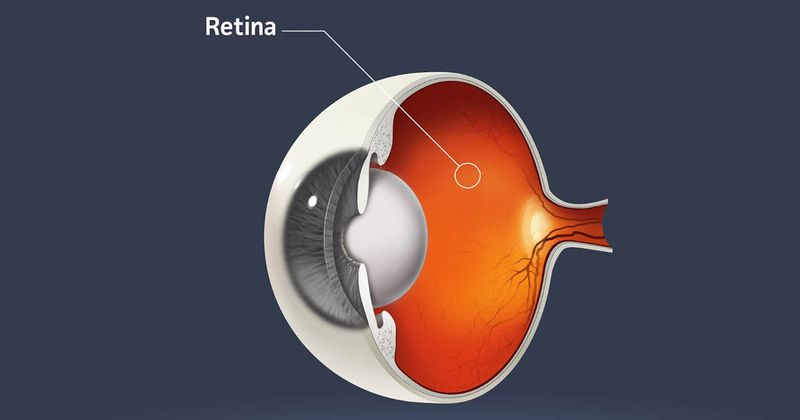Neural networks may help track vitreoretinal surgical maneuvers
Key takeaways:
- Fellow vitreoretinal surgeons used different techniques and maneuvers than an attending surgeon.
- More research could lead to better training and improved outcomes.
NEW ORLEANS — Neural networks may offer guidance for vitreoretinal surgical techniques, according to research presented at the Association for Research in Vision and Ophthalmology meeting.
Rogerio Nespolo, MSc, and colleagues conducted the study to find out if a validated neural network could help determine how manipulation of instruments can play a role in surgical skill.

Image: Adobe Stock
“We got this set of surgical cases from trainees and also from expert surgeons, and then we registered all of their maneuvers using our neural network,” Nespolo told Healio/OSN. “We started analyzing some performance metrics that may indicate the discrepancies in surgical performance between subgroups.”

Fellow surgeons spent more time executing tasks such as membrane peeling and endolaser application than the attending surgeon, and they tended to place the vitrector and endolaser probes closer to the optic disc.
More research into vitreoretinal surgical maneuvers using neural networks could lead to more effective training programs, safer procedures and improved outcomes.
“We are validating this now across three different hospitals,” Nespolo said. “The next step would be to automate the evaluation of these metrics.”






